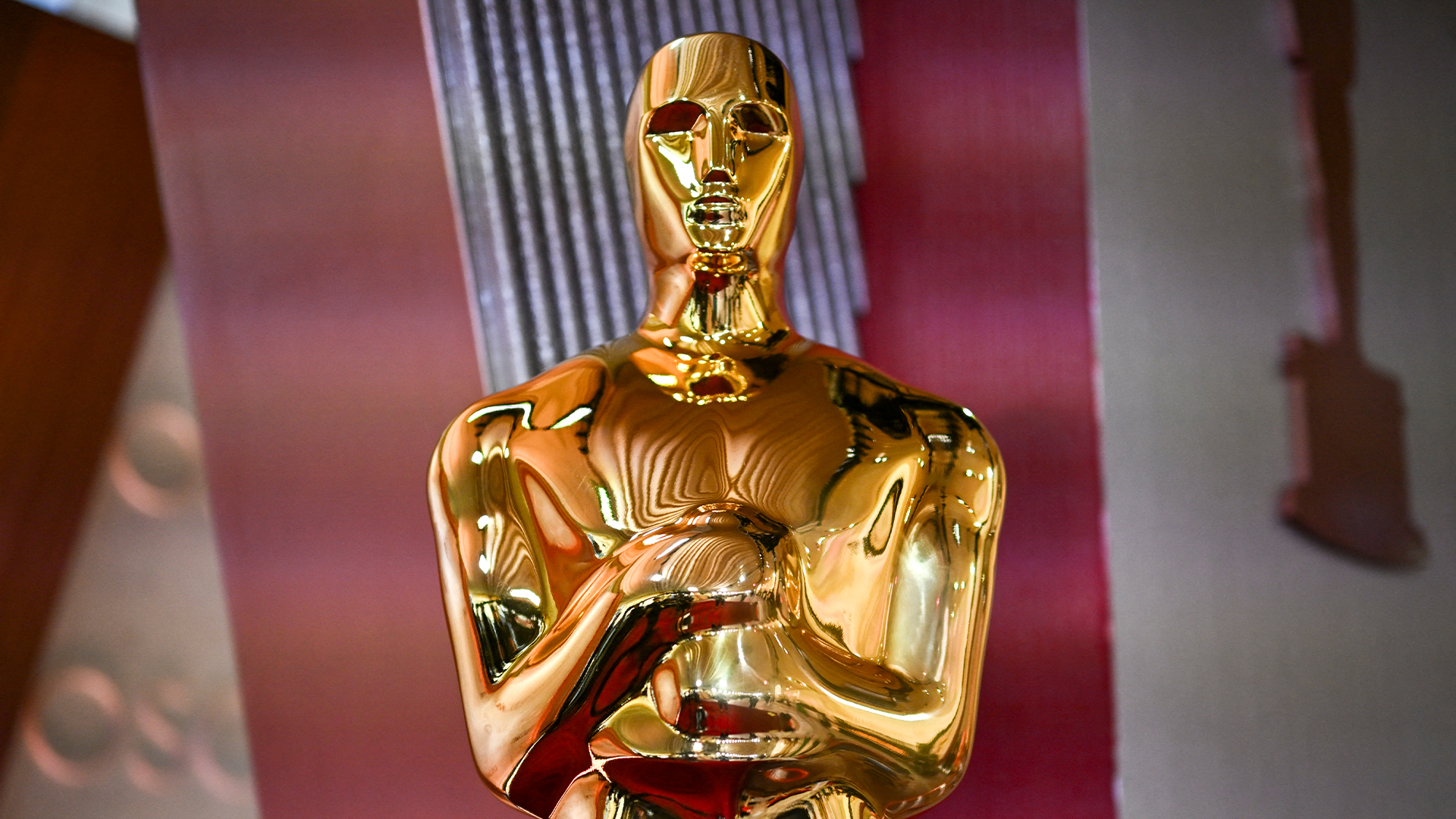Design icon: Guinness
It's one of the world's most enduring alcoholic drinks, but Guinness's branding has made it one of the most recognisable, too. Michael Burns investigates the development of this truly global identity.
According to Marc Peter, creative director of on-IDLE, Guinness fully deserves the design icon tag. "The 'brand' is clever and the imagery is fantastic," he says. "The combination has never wavered. You expect quality from the advertising, and this translates into the brand.
Founded as a brewery in 1752, Guinness has defined itself in advertising and marketing since the early days of last century, with the first real branding appearing on bottle labels in 1862. This label, issued as a trademark to help protect Guinness's stout sales overseas, was buff-coloured, oval in shape and included the word Guinness, a harp device and the signature of the company founder Arthur Guinness.
The brand image was strengthened through the standardisation of this design, and the core elements have all survived to the present day, now appearing on a succession of cans, bottles and marketing merchandise bearing the Guinness name worldwide.
Each of these elements has evolved in response to changes in design trends and technology. The 'O'Neill' or 'Brian Boru' harp device was registered as a company trademark in 1876, but the number of strings was reduced over time and eventually in 1968 it was simplified. The harp has since appeared in gold as well as the more traditional black.
The signature has also undergone a colour change or two and has become more formal, with its present incarnation harking back to the original flourishing autograph that Arthur Guinness proudly made on the lease for the Guinness brewery in 1759.
Of most interest is the product name itself. Appearing on all containers for the drink, in time it also became the centre point for the advertising campaigns of the early 20th century onwards. But the lettering styles remained inconsistent until 1963 when Bruce Hobbs, an artist at Guinness' advertising agency S.H. Benson Limited, developed the first official typeface. This became known as the 'Hobbs' typeface, and appeared in red on the cream background of all Guinness advertising posters.
S. H. Benson was also the agency responsible for the print advertising of the 1920s and 1930s, an iconic body of work largely credited to artist John M Gilroy. His first known Guinness poster was produced in 1930, but he went on to produce more than 100 press ads and nearly 50 poster designs over 35 years.
Get the Creative Bloq Newsletter
Daily design news, reviews, how-tos and more, as picked by the editors.
ANIMAL MAGIC
The posters created by Gilroy for the Guinness for Strength campaigns of the early 1930s, featuring a super-strong girder carrier and wood cutter, and the My Goodness, My Guinness series, which featured a succession of zoo animals and their long-suffering keeper - including the now famous Guinness toucan - have become some of his best known works.
Speak of Guinness in design terms these days and chances are you'll still be talking about advertising, but mainly of the filmic variety. The first ever ITV commercial break featured a Guinness television spot, and advertising has been on the rise ever since.
"I think it was the 1980s Rutger Hauer Pure Genius campaign that really set Guinness free to become the iconic brand it is today," says Ben Clapp, creative director at Tribal DDB. "The campaign associated the drink with a more contemplative and cool customer, and brilliantly separated it from the lovable drink of the Toucan days. It has become so loved that even its most annoying trait, the fact that it remains bar-cloggingly slow to pour, is now seen as a good thing!"
THE UK'S FAVOURITE
So successful have Guinness ads become that 1999's Surfer ad still rates as the UK's favourite commercial. "The perfect combination of the dramatic and apt soundtrack, cinematic photography and the use of traditional narrative has influenced designers and art directors to take more creative risks," says Peter. "Since the Surfer ad, cinematic television adverts have become more prevalent, in particular for luxury car and food brands. This influence has been for the better - the ads are fun to watch."
Guinness has also firmly settled in the online space, in the shape of a number of official yet diverse websites that cater for specific audiences. These include a web store for merchandise, Storehouse for publicising the company's visitor attraction in Dublin, and information on the drink itself at the official website, www.guinness.com.
"If you set a bunch of graphic designers a brief to create the perfect looking drink, and then added a team of advertisers to create the perfect 'brand mythos', together, they'd be hard pressed to beat the work of Guinness," says Clapp. "But despite these advantages, the company has never rested on its laurels. Guinness has built on every aspect of its product to create one of the world's most recognised and loved brands."

Thank you for reading 5 articles this month* Join now for unlimited access
Enjoy your first month for just £1 / $1 / €1
*Read 5 free articles per month without a subscription

Join now for unlimited access
Try first month for just £1 / $1 / €1

The Creative Bloq team is made up of a group of design fans, and has changed and evolved since Creative Bloq began back in 2012. The current website team consists of eight full-time members of staff: Editor Georgia Coggan, Deputy Editor Rosie Hilder, Ecommerce Editor Beren Neale, Senior News Editor Daniel Piper, Editor, Digital Art and 3D Ian Dean, Tech Reviews Editor Erlingur Einarsson, Ecommerce Writer Beth Nicholls and Staff Writer Natalie Fear, as well as a roster of freelancers from around the world. The ImagineFX magazine team also pitch in, ensuring that content from leading digital art publication ImagineFX is represented on Creative Bloq.
